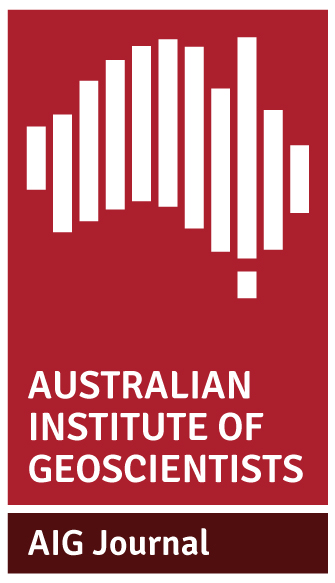
Kane Maxwell
School of Earth and Environmental Sciences,
University of Queensland, QLD
4072, Australia.
Click here to download guide as PDF
Abstract
Coal resource estimation relies on the spatial interpolation of coal quality properties, such as ash content and density. There are many available spatial interpolation techniques, and over the past decade geostatistical methods such as kriging have been recommended over simpler, historically popular techniques such as inverse distance. Despite this recommendation, it is shown in this study that inverse distance remains the most popular method for interpolating coal quality properties. This study analyses publicly available resource estimation reports from companies which are listed on the Australian Stock Exchange (ASX) from a period spanning 2013 through to 2019. A semi-automated approach to compiling resource estimation reports is undertaken and 53 documents from 30 of the largest companies (by market capitalisation) are compiled. From the analysis of these documents it is shown that inverse distance is used for interpolating coal quality properties in all but one document. The only other reported method was an alternative non-geostatistical method. Further, despite clear ASX rules mandating the report of quantitative reasons for the usage of an interpolation technique, reasons were totally absent or qualitative in all but one resource estimation report.
Keywords: Spatial interpolation, inverse distance weighting, geostatistics, coal resource, JORC
